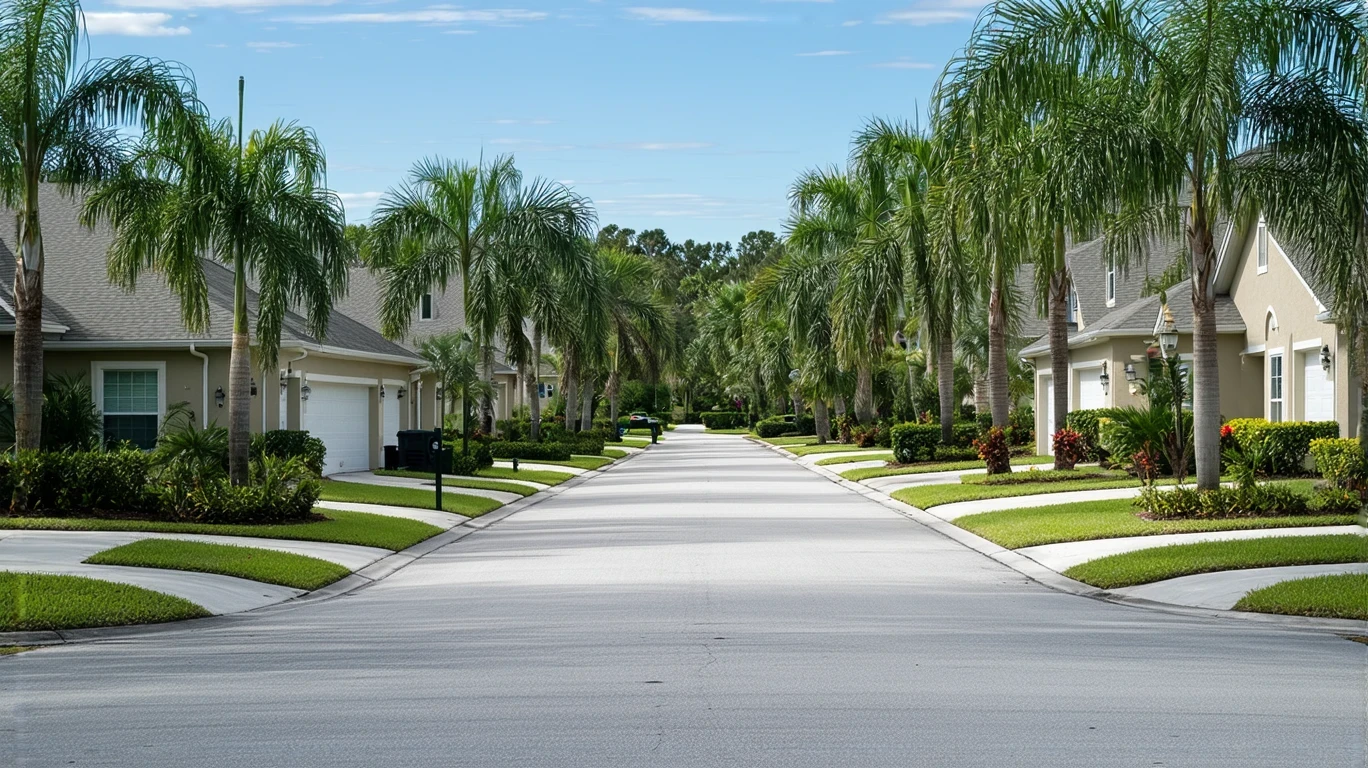Is it cheaper to rent or buy right now in Riverview, FL? The answer depends on a variety of factors, from your budget and lifestyle to the current housing market. In this article, we’ll dive into the cost of living in an apartment vs house in Riverview, exploring rent levels, home prices, and the unique characteristics that shape housing affordability in this growing Tampa suburb.

The Housing Market in Riverview Today
Riverview’s housing market has seen steady growth in recent years, driven by its proximity to Tampa and attractive suburban amenities. While inventory has tightened somewhat, new housing developments continue to rise, particularly in the northern part of town. Apartments are also in high demand, with many complexes offering resort-style amenities and green spaces to appeal to young professionals and families.
Despite the growth, Riverview remains relatively affordable compared to other parts of the Tampa Bay area. The median home price hovers around $350,000, while average rent for a 1-bedroom apartment is approximately $1,300 per month. However, these costs can vary significantly depending on the neighborhood, age of the property, and other factors.
Renting in Riverview: What’s Typical?
For renters, Riverview offers a range of options from cozy apartments to spacious townhomes. A typical 1-bedroom apartment rents for around $1,300 per month, while a 2-bedroom unit averages $1,600. Popular renter areas include Panther Trace, Rivercrest, and Summerfield, which offer a mix of newer complexes and established communities.
Rent in Riverview has risen by approximately 5% in the last year, but areas like Boyette still offer more affordable options for young professionals and families. Many apartments include amenities like pools, fitness centers, and dog parks, which can add value for renters.
Owning a Home in Riverview
For homebuyers, Riverview’s median home price of $350,000 translates to an estimated monthly mortgage of around $1,900 (assuming a 30-year fixed rate with 20% down). However, this doesn’t include additional costs like property taxes, insurance, and HOA dues, which can add several hundred dollars per month.
Property taxes in Riverview average around 1.2% of assessed value, or roughly $350 per month for a median-priced home. Homeowners insurance adds another $100-200 per month, while HOA dues can range from $50 to over $300 depending on the community and amenities.
Renters vs. Homeowners: Who Lives Where?
Riverview’s homeownership rate is approximately 75%, higher than the national average but typical for suburban areas. While renting is common among younger individuals and new arrivals, a large portion of established residents own their homes. Families, in particular, are drawn to Riverview’s highly-rated schools and family-friendly neighborhoods.
However, rising home prices and limited starter-home inventory can create barriers to ownership for some. Younger buyers and those with lower incomes may find it challenging to save for a down payment or qualify for a mortgage, making renting a more viable option in the short term.
Table: Typical Monthly Housing Costs in Riverview
| Cost | Renting (1BR) | Owning |
|---|---|---|
| Rent/Mortgage | $1,300 | $1,900 |
| Property Tax | – | $350 |
| Insurance | $15 (renters) | $150 (homeowners) |
| Utilities | $150 | $250 |
| HOA | – | $150 |
| Total | $1,465 | $2,800 |
Estimates reflect mid-range properties and average usage.
What’s Driving Costs Up or Down?
Several factors influence housing costs in Riverview, from supply and demand to the local job market. The area’s popularity with families and proximity to Tampa have kept demand high, putting upward pressure on prices. At the same time, new construction has helped to expand the supply of homes and apartments, which can moderate price growth.
Riverview’s strong job market, anchored by healthcare, education, and retail industries, also plays a role in housing affordability. As more people move to the area for work, competition for housing increases, pushing up prices in high-demand neighborhoods and around major employers.
Zoning and land-use policies also shape Riverview’s housing landscape. Much of the area is zoned for single-family homes, which limits the supply of apartments and other multi-family housing. However, some newer developments are incorporating a mix of housing types, which could help to improve affordability and access over time.
FAQs About Housing in Riverview
- Is Riverview affordable to live in? Compared to other parts of the Tampa Bay area, Riverview offers relatively affordable housing options. However, costs can still be challenging for some, particularly those with lower incomes or limited savings.
- Why are housing prices changing? Housing prices in Riverview are influenced by a variety of factors, from population growth and job market strength to zoning policies and construction trends. In general, high demand and limited supply tend to push prices upward over time.
- How does Riverview compare to nearby cities? Riverview is more affordable than some nearby cities like Tampa and St. Petersburg, but pricier than others like Gibsonton or Ruskin. It offers a balance of suburban amenities, good schools, and relative affordability that appeals to many families and professionals.
Making Smart Housing Decisions in Riverview
Whether renting or buying, housing costs are a major factor in Riverview’s overall cost of living. By understanding the local market, comparing prices and amenities, and budgeting carefully, you can make an informed decision that fits your needs and financial goals.
For a more detailed breakdown of living costs, check out our guide to average monthly expenses in Riverview, which covers everything from housing and utilities to food, transportation, and entertainment. With the right planning and preparation, you can find a comfortable and affordable home in this growing Tampa suburb.
